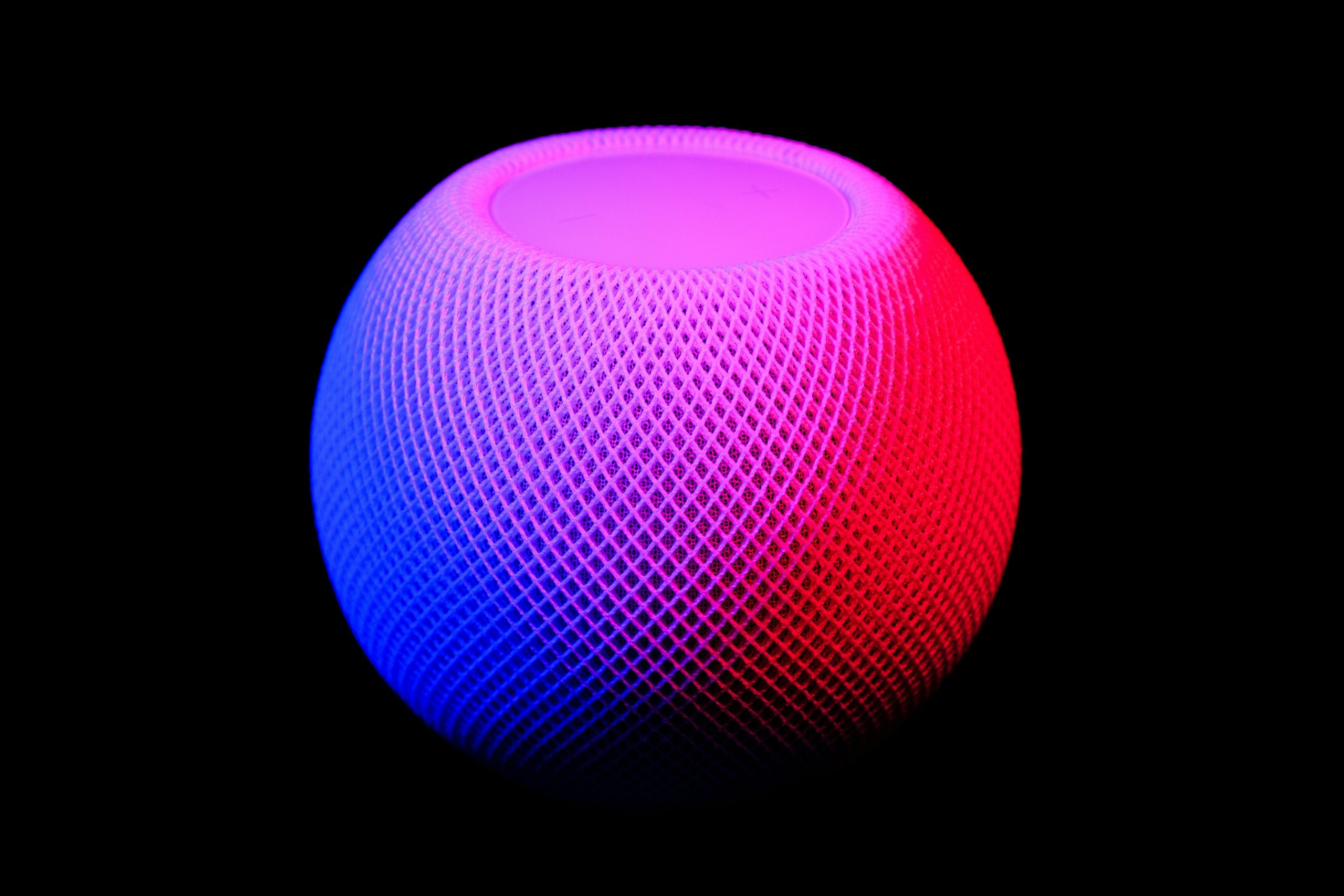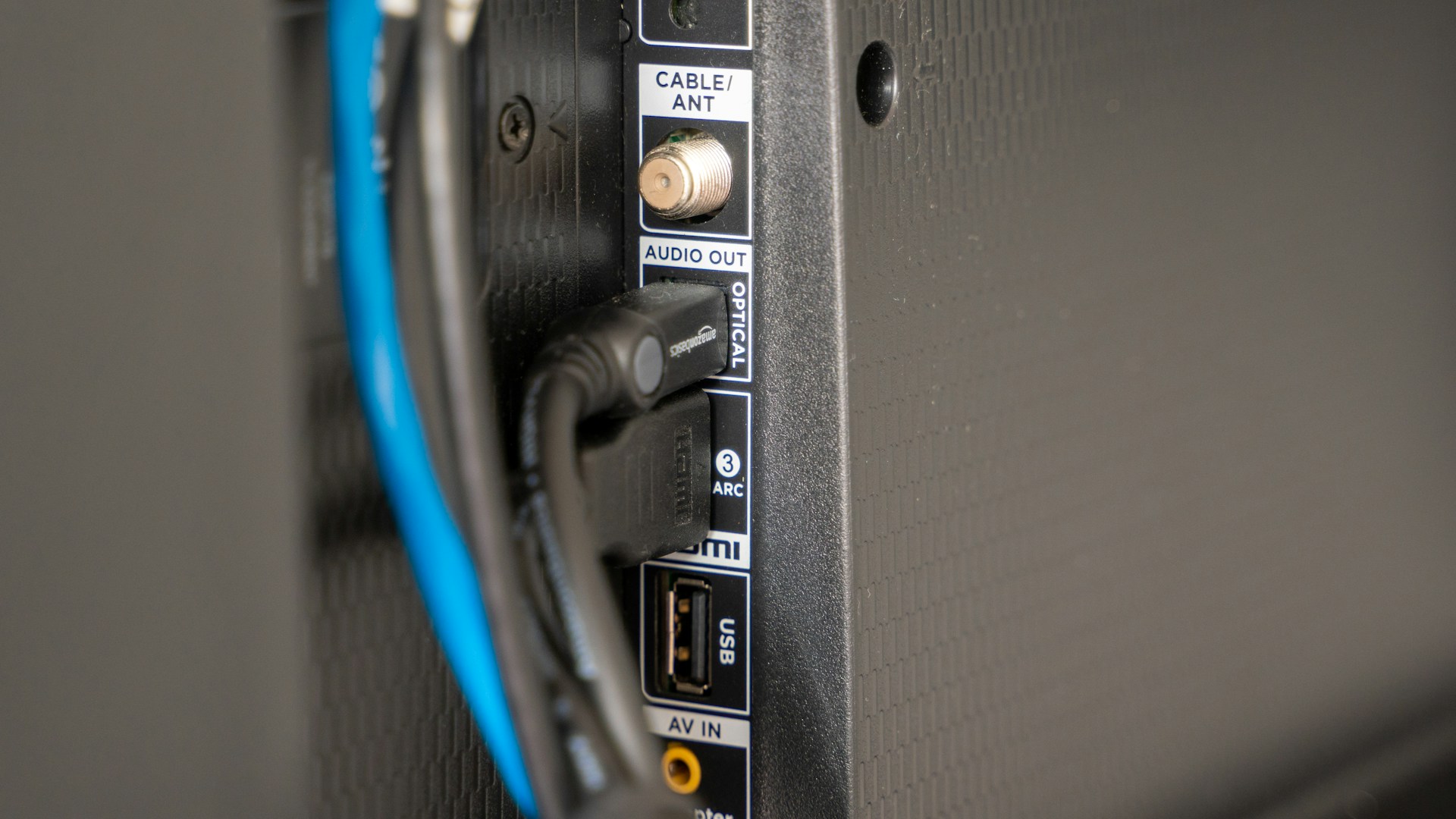Exploring the Uncharted Territories of Mars
Humanity has always been fascinated by Mars, the mysterious Red Planet. With its barren landscapes, towering volcanoes, and vast canyons, Mars stands as a testament to the mysteries of the cosmos. As we continue to delve deeper into the exploration of this neighboring world, one question remains ever pertinent: What is the weather like on Mars?
Challenges of Martian Weather Prediction
Predicting Martian weather presents a unique set of challenges. Unlike Earth, Mars lacks a robust atmosphere and experiences extreme temperature fluctuations. Its thin atmosphere, primarily composed of carbon dioxide, offers little protection from the harsh radiation of space. Additionally, Mars’ elliptical orbit and thin atmosphere contribute to significant variations in temperature and atmospheric pressure.
Traditionally, Martian weather prediction has relied on data collected from orbiters and rovers, providing limited insights into the planet’s atmospheric dynamics. However, the vastness of Martian terrain and the limitations of current technology hinder our ability to gather comprehensive data for accurate weather forecasting.
Enter Artificial Intelligence: Revolutionizing Martian Weather Forecasting
In recent years, advances in artificial intelligence (AI) have opened new frontiers in planetary exploration. Leveraging machine learning algorithms, scientists are now exploring the potential of AI to predict Martian weather with unprecedented accuracy.
- Data Fusion and Analysis
AI algorithms can integrate data from various sources, including satellite imagery, rover observations, and atmospheric models, to create comprehensive weather models for Mars. By analyzing vast amounts of heterogeneous data, AI systems can identify patterns and correlations that elude traditional analytical methods.
- Atmospheric Modeling
Developing accurate models of Mars’ atmosphere is crucial for weather prediction. AI techniques, such as neural networks and genetic algorithms, can optimize atmospheric models based on observational data, allowing for more precise simulations of Martian weather patterns.
- Adaptive Learning
Mars’ dynamic environment requires adaptive forecasting models capable of continuously learning and evolving. AI systems equipped with reinforcement learning algorithms can adapt to changing atmospheric conditions, improving the accuracy of long-term weather predictions on the Red Planet.
- Predictive Analytics
By extrapolating from historical data and real-time observations, AI-powered predictive analytics can forecast Martian weather patterns days, weeks, or even months in advance. These forecasts provide invaluable insights for mission planning and the safety of future human explorers on Mars.
Future Prospects and Implications
The integration of AI into Martian weather prediction heralds a new era of exploration and discovery. As our understanding of Mars’ atmosphere deepens, so too will our ability to anticipate its weather patterns with greater precision. Moreover, the application of AI in Martian weather forecasting has broader implications for space exploration, paving the way for safer manned missions to the Red Planet.
Conclusion
The quest to unravel the mysteries of Martian weather is a testament to humanity’s insatiable curiosity and pioneering spirit. With the aid of artificial intelligence, we stand poised to unlock the secrets of the Red Planet’s atmosphere and pave the way for future exploration and discovery. As we journey onwards to Mars, let us harness the power of AI to navigate the uncharted territories of our neighboring world and expand the horizons of human knowledge.
- Remote Sensing and Satellite Technology
AI algorithms can enhance the analysis of data collected by orbiters and satellites orbiting Mars. These spacecraft capture a wealth of information about the planet’s atmosphere, including temperature, humidity, wind patterns, and dust storms. By applying AI techniques such as image recognition and pattern detection, scientists can extract valuable insights from these vast datasets, improving our understanding of Martian weather dynamics.
- Dust Storm Prediction
Martian dust storms are among the most intriguing and challenging phenomena to predict. These storms can engulf the entire planet, lasting for weeks or even months, and pose significant risks to spacecraft and potential human missions. AI algorithms can analyze atmospheric data and historical storm patterns to develop early warning systems for detecting and predicting the onset of dust storms on Mars. By providing timely alerts, these systems can help safeguard missions and ensure the safety of assets operating on the Martian surface.
- Climate Modeling and Long-Term Trends
Understanding the long-term climate trends on Mars is essential for unraveling the planet’s geological and environmental history. AI-driven climate models can assimilate data from multiple sources, including geological surveys, atmospheric measurements, and orbital observations, to simulate Martian climate dynamics over extended periods. These models can shed light on phenomena such as polar ice cap formation, seasonal variations, and the planet’s ancient climate cycles, offering valuable insights into Mars’ past and present climate evolution.
- Integration with Martian Habitability Studies
The study of Martian weather is closely intertwined with the broader quest to assess the planet’s potential habitability. By incorporating AI-driven weather predictions into habitat design and mission planning, scientists can optimize the safety and efficiency of future human settlements on Mars. AI algorithms can analyze weather data to identify optimal landing sites, mitigate environmental risks, and inform resource management strategies, ensuring the success of long-term human missions to the Red Planet.
Continuing the Journey
As humanity embarks on its journey to explore and colonize Mars, the integration of artificial intelligence into weather prediction represents a crucial step forward. By harnessing the power of AI-driven analytics, scientists can unlock the mysteries of Martian weather, enhance mission planning, and pave the way for sustainable human habitation beyond Earth. As we continue to push the boundaries of exploration and discovery, let us embrace the transformative potential of AI to navigate the challenges and opportunities that lie ahead on the Red Planet.
- Collaboration and Data Sharing
Effective Martian weather prediction requires collaboration and data sharing among scientists, space agencies, and research institutions worldwide. AI-powered platforms can facilitate the exchange of data, models, and insights, fostering a collaborative ecosystem for advancing our understanding of Martian weather. By pooling resources and expertise, the scientific community can accelerate progress in Martian weather forecasting and address complex challenges more effectively.
- Citizen Science and Crowdsourced Observations
Engaging the public in Martian weather observation can augment traditional datasets and provide valuable ground truth data for AI algorithms. Citizen science initiatives, such as crowdsourced weather monitoring platforms, enable enthusiasts worldwide to contribute observations of Martian weather phenomena, including dust storms, cloud formations, and temperature fluctuations. By tapping into the collective wisdom of the global community, scientists can enrich their understanding of Martian weather dynamics and improve the accuracy of AI-driven forecasting models.
- Robotic Explorers and Autonomous Weather Stations
Deploying robotic explorers equipped with AI-powered weather sensors can enhance our ability to monitor Martian weather conditions in real time. Autonomous weather stations can collect data from various locations across the Martian surface, providing valuable insights into localized weather patterns and atmospheric dynamics. By leveraging robotics and AI, future missions to Mars can establish a network of weather monitoring stations, enabling continuous observation of the Red Planet’s ever-changing climate.
- Ethical Considerations and Responsible AI
As we harness the power of AI for Martian weather prediction, it is essential to consider the ethical implications and ensure responsible use of these technologies. Safeguarding privacy, promoting transparency, and addressing biases in AI algorithms are paramount to fostering trust and accountability in the scientific community. By adhering to ethical principles and guidelines, we can harness the full potential of AI while upholding the values of integrity, fairness, and respect for all stakeholders involved in Martian exploration.
Conclusion: Navigating the Martian Frontier
The quest to predict Martian weather represents a monumental endeavor at the intersection of science, technology, and exploration. By embracing artificial intelligence, we embark on a journey to unravel the mysteries of the Red Planet’s atmosphere, enhance our understanding of planetary dynamics, and pave the way for future human exploration and habitation. As we continue to push the boundaries of knowledge and innovation, let us forge ahead with curiosity, determination, and a steadfast commitment to unlocking the secrets of Mars’ weather. Together, we stand poised to navigate the Martian frontier and write the next chapter in humanity’s ongoing quest for discovery and adventure beyond Earth.
- Adaptation to Extreme Conditions
Mars presents extreme environmental conditions vastly different from those on Earth. The integration of AI into weather prediction on Mars necessitates adaptation to these harsh realities. AI algorithms must be robust enough to withstand the rigors of Martian environments, including temperature extremes, radiation exposure, and dust contamination. Developing AI systems resilient to such conditions is crucial for ensuring the reliability and longevity of Martian weather forecasting capabilities.
- Multi-Disciplinary Approach
Predicting Martian weather requires a multi-disciplinary approach that combines expertise from various scientific disciplines, including planetary science, atmospheric physics, computer science, and engineering. Collaboration across diverse fields fosters innovation and cross-pollination of ideas, driving advancements in AI-driven weather prediction on Mars. By fostering interdisciplinary collaboration, scientists can leverage complementary strengths and perspectives to tackle complex challenges and push the boundaries of knowledge further.
- Continual Refinement and Improvement
The development of AI-powered Martian weather prediction is an ongoing process marked by continual refinement and improvement. As new data becomes available and AI technologies evolve, forecasting models must adapt and incorporate the latest advancements. Iterative refinement of AI algorithms through feedback loops and validation against ground truth observations is essential for enhancing the accuracy and reliability of Martian weather forecasts over time.
- Integration with Mission Planning and Operations
Effective integration of AI-driven weather prediction into mission planning and operations is essential for maximizing the success of future Mars missions. Real-time weather forecasts can inform critical decisions, such as rover traverses, landing site selection, and resource allocation, optimizing mission outcomes and ensuring the safety of spacecraft and personnel. Seamless integration of AI weather prediction tools into mission control systems empowers mission planners with timely and actionable insights, enhancing the efficiency and effectiveness of Mars exploration missions.
Embracing the Future of Martian Weather Prediction
As we peer into the future of Martian exploration, the role of artificial intelligence in weather prediction looms large. By harnessing the power of AI, scientists are poised to unravel the complexities of Martian weather and unlock new frontiers in planetary science. From dust storms to temperature fluctuations, AI-driven forecasting promises to illuminate the mysteries of the Red Planet’s atmosphere and pave the way for humanity’s enduring presence beyond Earth. As we embark on this extraordinary journey of discovery, let us embrace the transformative potential of AI and chart a course towards a future where the weather on Mars is no longer a mystery, but a predictable and navigable frontier in the exploration of our solar system.
- Education and Outreach
Empowering the next generation of scientists and engineers is essential for advancing the field of Martian weather prediction. Educational initiatives and outreach programs can engage students and the public in the excitement of space exploration and AI-driven research. By providing opportunities for hands-on learning and participation in citizen science projects, these initiatives inspire curiosity, foster creativity, and cultivate a diverse talent pool passionate about unlocking the secrets of Mars’ weather.
- Risk Mitigation and Contingency Planning
While AI-driven weather prediction holds great promise for Mars exploration, it is essential to acknowledge and mitigate potential risks and uncertainties. Contingency planning and risk assessment are critical for preparing for unforeseen challenges and ensuring mission resilience in the face of adverse weather conditions. Robust backup systems, redundant sensors, and adaptive strategies can mitigate the impact of inaccuracies or failures in AI weather prediction algorithms, safeguarding mission objectives and personnel safety.





